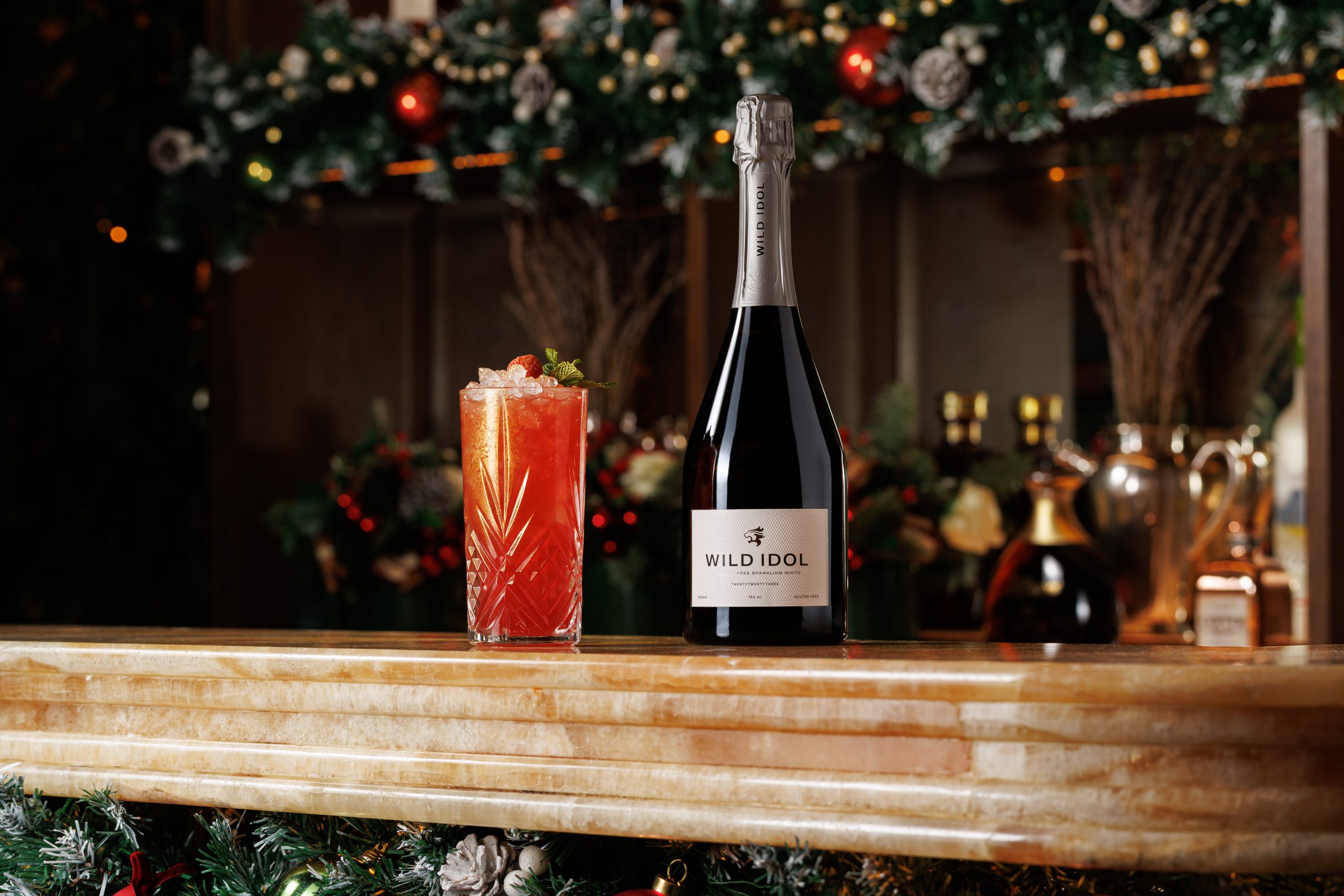Viña Aresti: We want to fly the flag for Curicó
Chile’s Viña Aresti will launch a Chardonnay as part of its Trisquel Series range later this year, as it continues in its mission to highlight the multitude of microclimates and different terroirs within the Curicó Valley.
The Trisquel Series range, which sits alongside its Trisquel range, was launched in 2015 and comprises wines made exclusively from grapes grown in the Curicó Valley – located north of the Maule Valley and south of Colchagua – an area of Chile that Aresti has pinned its future on.
“As a winery we want to sell and communicate Curicó,” said Aresti winemaker Jon Usabiaga, speaking with the drinks business. “The Maipo, Leyda and Colchagua are more famous but Curicó is one of the biggest. It has a history of Chilean viticulture in its own right.
“The terroir is different with lots of different micro climates. We have the Andes and then the coastal areas are very similar to Leyda and Casablanca, and then the central Valleys have the soils and the warmth. You have almost everything,” adding: “We want to fly the flag for Curicó.”
The objective of the Trisquel Series range, says Barbara Lewin, marketing manager of Aresti, is to show the versatility and different terroirs that Curicó has, according to how far or how close they are to the mountains or coast.
Aresti’s Trisquel Series Merlot for example is produced from grapes grown at Curicó’s highest vineyard – a remote plot located at 1,245 metres in the Andes. The range also includes a Sauvignon Blanc which comes from a vineyard 15km from the sea, a Cabernet Sauvignon from old vines in the central valley, and a Semillon.
A 100% Chardonnay, made from grapes grown in La Queseria, 15km from the coast, will join the Trisquel Series lineup later this year.
BACK TO BASICS
One variety that Aresti believes has particular potential in Curicó is Semillon, once one of the most planted varieties in Chile and a variety that has undergone a slow-building revival in Chile over the past decade.
“It’s back to basics,” said Lewin, describing a return to this variety, pointing out that many wineries already had Semillon planted, with many of those vines 30-40 years old, but were not using them to produce wines. Aresti is in the third vintage of its Semillon Trisquel Series with the 2017.
For Usabiaga, Semillon’s ability to age is helping to drive the quality credentials of Chilean wine upward.
“A capacity to age is related in the customers’ mind with quality, so it’s important to give them that message,” he said. “We are not trying to give the message that we want them to keep the wines for a long time, but convey the message of quality through that concept of agability.”
Partner Content
When asked what was driving a revived interest in Semillon, Usabiaga pointed toward Sauvignon Blanc drinkers.
“We think the people who drink Sauvignon Blanc are a bit tired of it and they are looking for something different,” he said. “Semillon I think is really a nice variety. It’s a gastronomic wine, so I think that is what’s driving the revival.”
The growing use of concrete eggs in Chile is also evidence of a ‘back to basics’ approach in Chile, said Usabiaga, with a portion of all of Aresti’s Trisquel Series, and some of its small batch wines, fermented in 2,000 litres concrete eggs. While Aresti now owns a number of concrete eggs, Usabiaga admits he was at first sceptical of their benefits.
“I didn’t believe in them in the past but we bought a couple and after the first fermentations they really worked differently, just because of the shape,” he said. “The skins are largely under the cap so they have a different extraction and we get a different colour, different layers of aromas and more texture. Now we have six. Every year we are buying a couple of eggs. We want to have a dozen. I believe in them now.”
While the Trisquel Series range represents the investment Aresti is making in Curicó, with four estates located here from east to west, it is also experimenting with other varieties. Last year, Aresti planted some experimental plots of Roussanne, Marsanne and Pinot Noir, which will see their first harvest in 2019. The producer also makes a Cinsualt under its Espirite de Chile label from the Itata Valley.
“We keep exploring,” said Usabiaga of his latest experimental plantings. “We have to wait a little bit. We don’t know exactly if it will be a varietal or a blend, we have to wait. In the mean time we are exploring these other areas in Curicó, from the coast to the mountains.”
Such innovation is key to encouraging consumers to trade up, believes Lewin, recognising the difficulties that Chile faces in raising its reputation for quality, pointing to Chile’s diversity and flexibility as strengths to help producers overcome perceptions.
“As an industry we want to show Chile’s diversity,” said Lewin. “We have so many microclimates and almost no regulations, so winemakers can do whatever they want, whenever they want. That’s our competitive advantage. We can have a Syrah from the very far north and the far south of the same grape, to show the terroir in one variety.
“For many years in the UK Chilean wines have been selling, but primarily at the entry level. Now, our objective is to get people to trade up and show that we can make wines as well as the French and the US or wherever, and we have to keep innovating to do that.”
Aresti’s range, including its Trisquel Series, is available in the UK from Copestick Murray. Its Trisquel Series Chardonnay will be released later this year, with its RRP expected to be in the region of £15.




